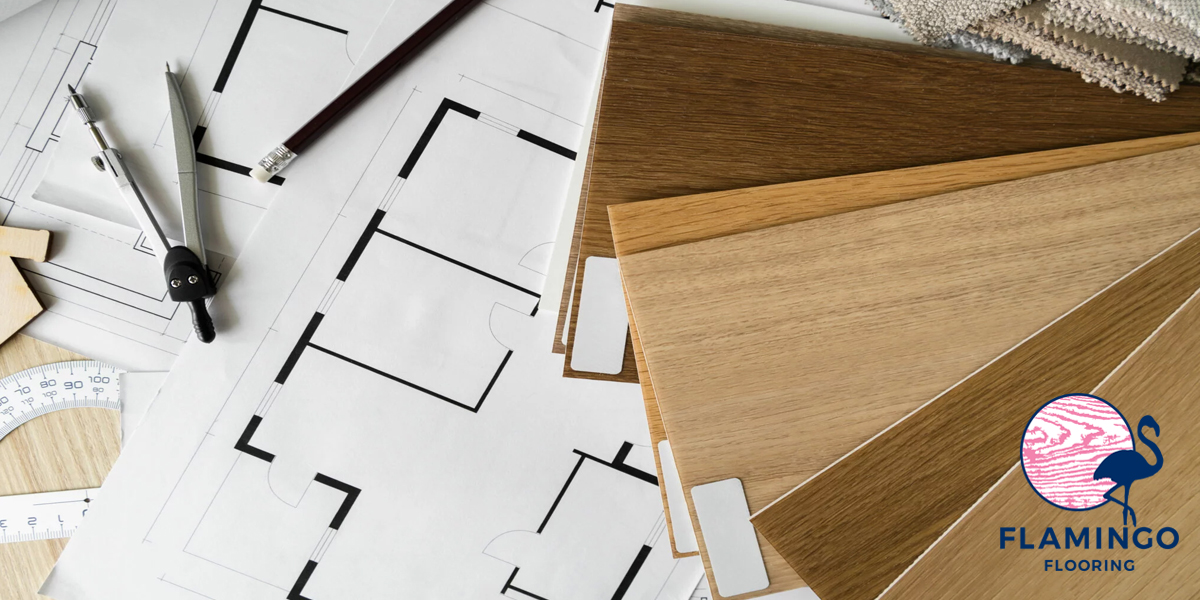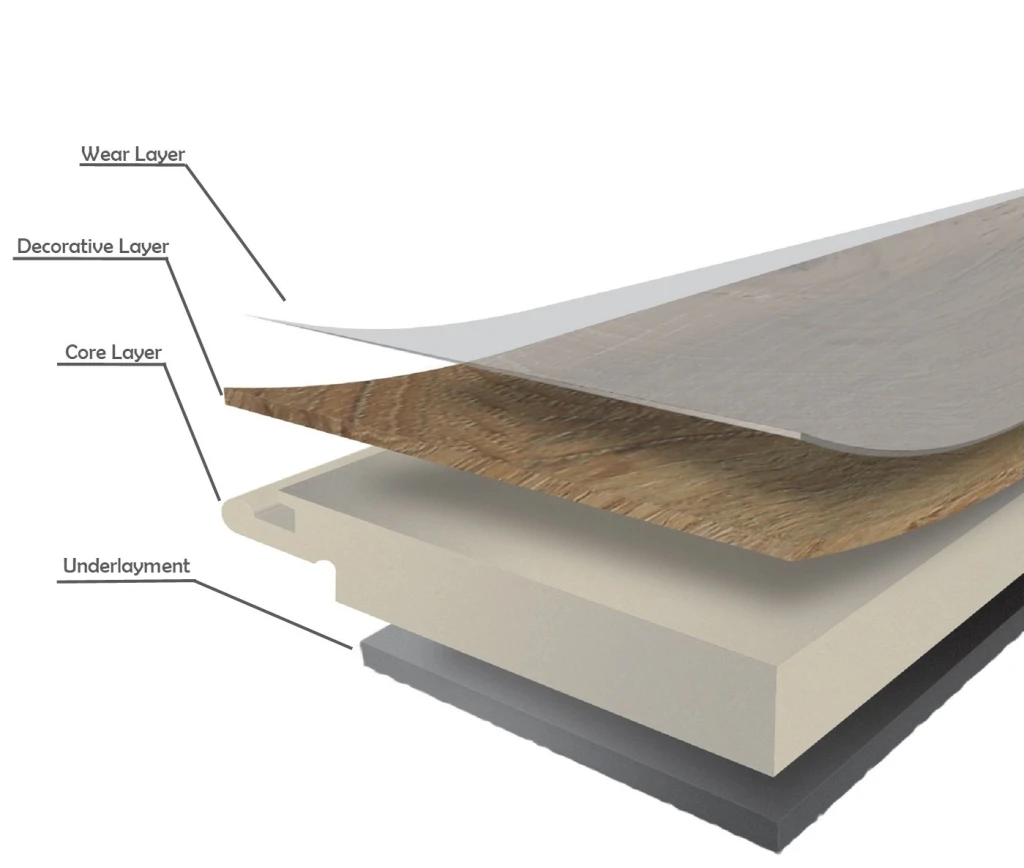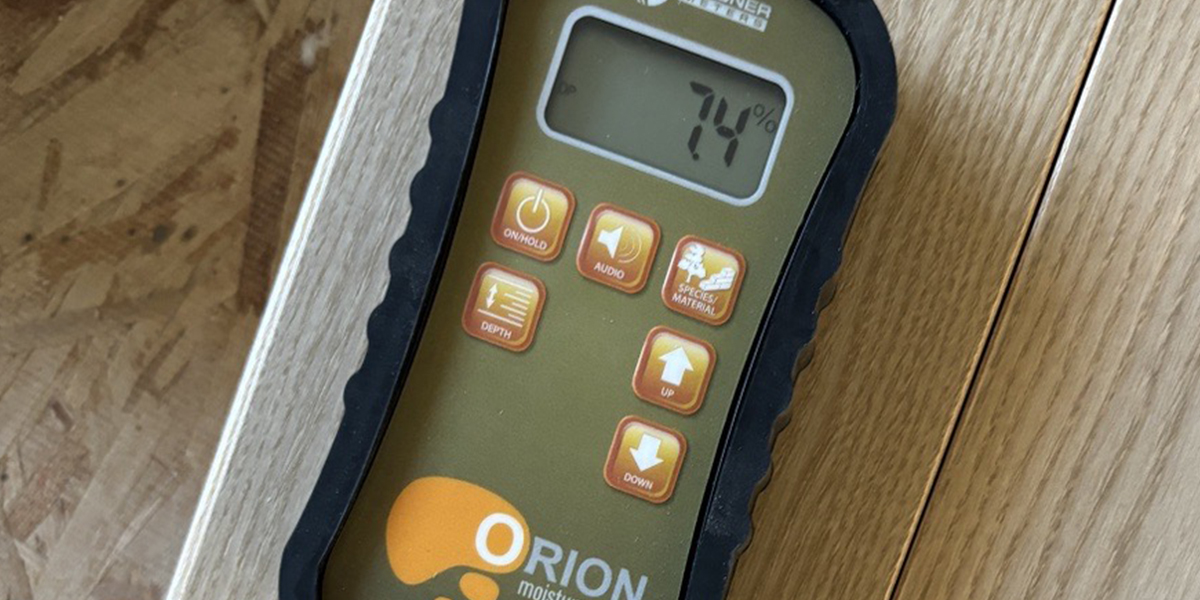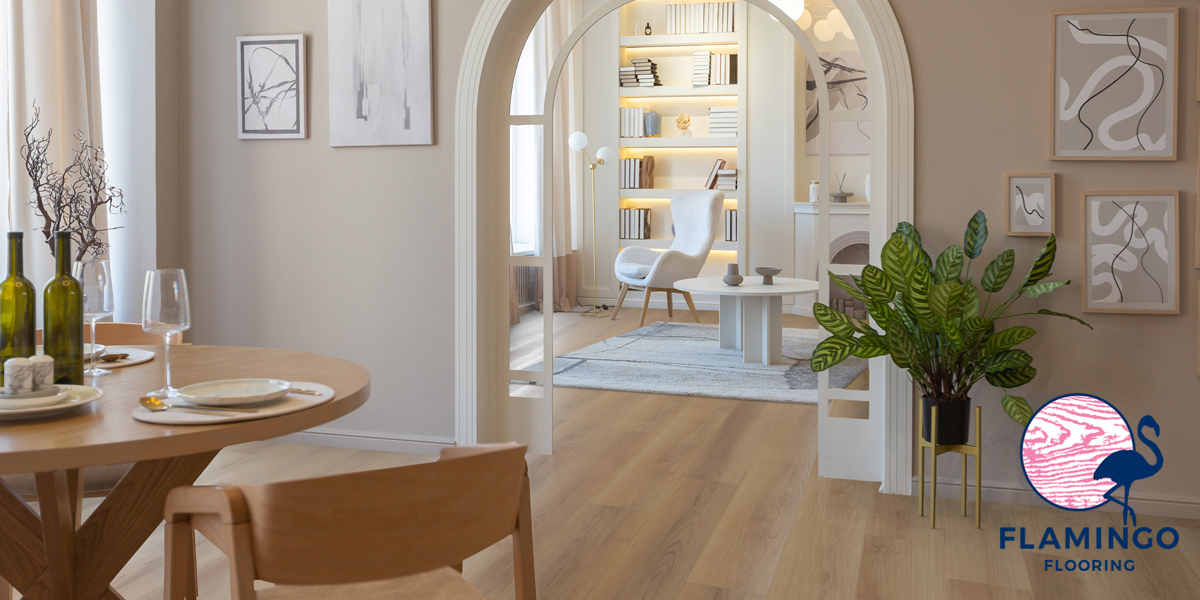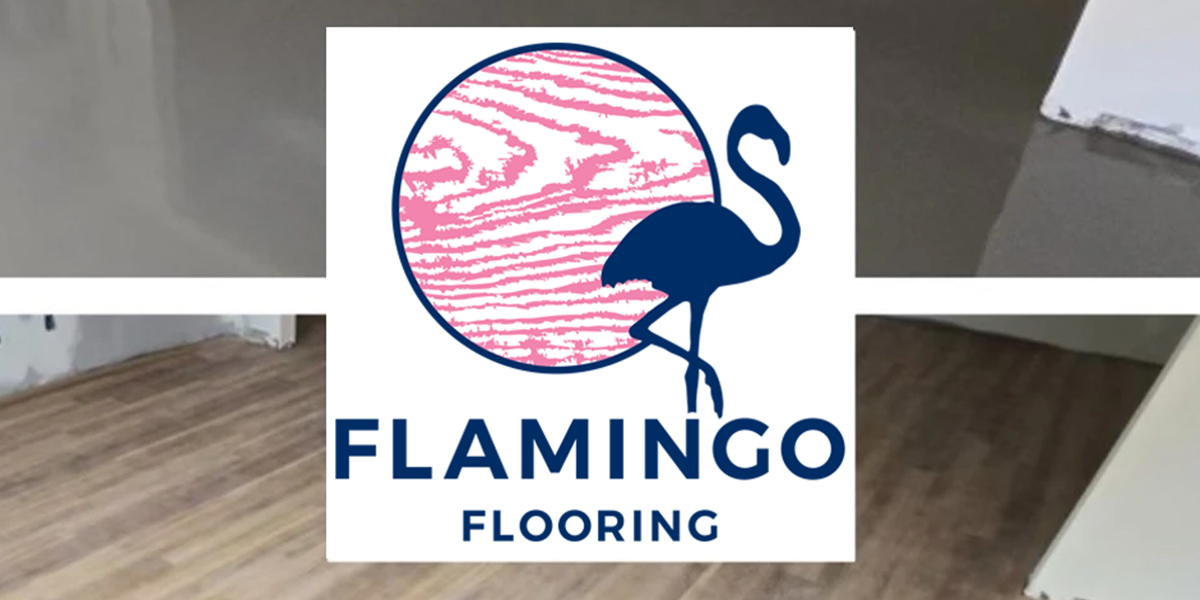What You Need to Know about LVP
It is a question that I have gotten over and over again as my husband and I started our business: “What is LVP flooring?” and then inevitably they tell me “Well, I don’t like laminate.” So let me do my best to help you with some of the ins and outs of LVP.
In the ever-evolving world of flooring, Luxury Vinyl Plank (LVP) has emerged as a popular choice for homeowners seeking durability, versatility, and aesthetic appeal. But what exactly sets LVP apart from traditional laminate flooring? Well, I’m here to help as we delve into the construction of LVP, its evolution from vinyl floors, and the key differences between LVP and laminate.
A Brief History of Vinyl Flooring:
Vinyl flooring has a rich history dating back to the early 20th century when it was first introduced as a resilient and cost-effective alternative to traditional materials. Initially marketed as linoleum, vinyl flooring gained popularity for its durability and ease of maintenance. Over the years, advancements in technology and manufacturing processes led to the development of luxury vinyl flooring, offering enhanced aesthetics and performance.
Construction of Luxury Vinyl Plank (LVP):
Luxury Vinyl Plank (LVP) is constructed using multiple layers that contribute to its durability and visual appeal:
- Wear Layer: The topmost layer of LVP is a clear wear layer that protects the flooring from scratches, stains, and fading. It provides exceptional durability and resistance to everyday wear and tear.
- Decorative Layer: Beneath the wear layer is a decorative layer that features high-definition printing technology to mimic the look of natural wood or stone. This layer gives LVP its realistic appearance and depth of color.
- Core Layer: The core layer of LVP is typically made of high-density fiberboard (HDF) or stone plastic composite (SPC) for added stability and moisture resistance. This layer provides structural integrity and ensures the flooring maintains its shape over time.
- Underlayment: Some LVP products come with an attached underlayment layer for added comfort and sound absorption. This underlayment helps to reduce noise transmission and provides a softer feel underfoot.
Key Differences from Laminate Flooring:
While both LVP and laminate flooring offer durable options for homeowners, there are some key differences between the two:
- Water Resistance: LVP is inherently water-resistant, making it suitable for use in moisture-prone areas such as kitchens, bathrooms, and basements. Laminate flooring is not waterproof and may warp or swell when exposed to moisture.
- Installation: LVP offers various installation methods, including glue-down, click-lock, or loose-lay options, making it easier to install compared to laminate flooring, which typically requires a tongue-and-groove installation system.
- Durability: LVP offers superior durability and resistance to scratches, stains, and dents compared to laminate flooring, making it an ideal choice for high-traffic areas and active households.
Conclusion:
Luxury Vinyl Plank (LVP) has revolutionized the flooring industry with its durability, versatility, and aesthetic appeal. From its humble beginnings as vinyl flooring, LVP has evolved into a top choice for homeowners seeking the perfect blend of style and performance. Whether you’re renovating your kitchen, upgrading your bathroom, or transforming your living space, LVP offers endless possibilities for creating beautiful and durable floors that stand the test of time.
Hope that helps you feel more confident about LVP and how it is different from laminate options.

